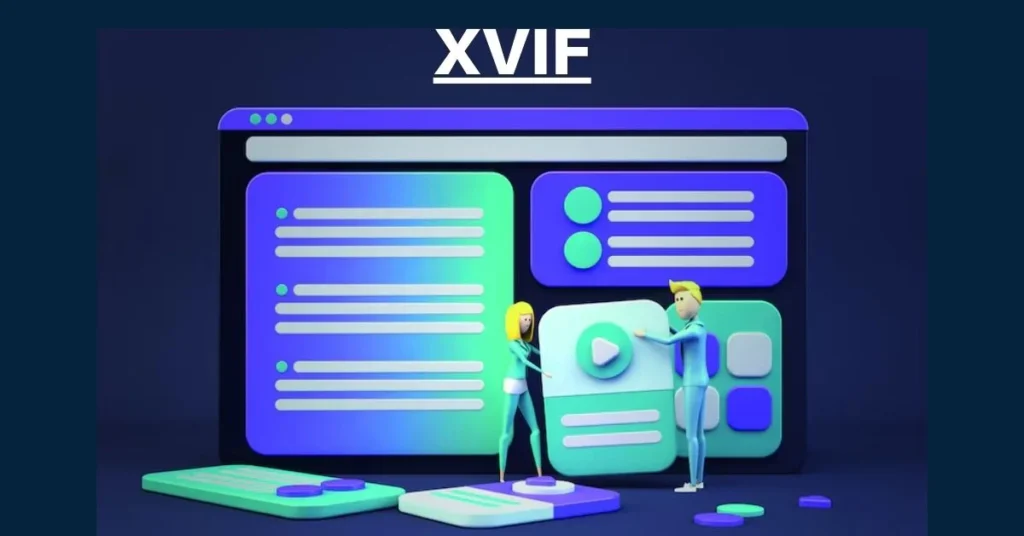Introduction
In the realm of data exchange and integration, XML (Extensible Markup Language) plays a pivotal role due to its versatility and extensibility. However, ensuring the integrity and validity of XML data presents significant challenges. This is where XVIF, or XML Validation Interoperability Framework, emerges as a crucial solution.
Understanding XML Validation
XML, a widely adopted markup language, serves as a standard for structuring and exchanging data across various platforms. Validation of XML documents is essential to ensure adherence to predefined rules and schemas. It verifies whether the XML document conforms to specified standards, thus guaranteeing data accuracy and consistency. Despite its importance, XML validation can be complex, particularly in heterogeneous environments.
What is Interoperability Framework?
An interoperability framework establishes guidelines and protocols to facilitate seamless communication and interaction between disparate systems and technologies. It acts as a mediator, promoting compatibility and coherence among diverse components. In the context of XML validation, an interoperability framework like becomes indispensable for promoting consistency and coherence across different validation processes.
XVIF: Bridging XML Validation and Interoperability
XVIF serves as a bridge between XML validation and interoperability, addressing the need for a unified approach to data validation in heterogeneous environments. It streamlines the validation process while ensuring compatibility and consistency across multiple platforms and systems. By providing a standardized framework, X,VIF simplifies XML validation and promotes interoperability among diverse applications and services.
Key Components of XVIF
XVIF comprises several key components aimed at facilitating XML validation and interoperability. These include:
- Specification standards: Establishing standardized guidelines and protocols for XML validation.
- Tools and utilities: Providing software tools and utilities to facilitate the implementation of X,VIF.
- Compatibility measures: Ensuring compatibility with existing XML validation frameworks and technologies.
Benefits of XVIF
The adoption of XVIF offers numerous benefits, including:
- Improved validation processes: Streamlining XML validation procedures and enhancing data accuracy.
- Enhanced interoperability: Promoting seamless communication and integration between disparate systems.
- Cost-effectiveness: Reducing the overhead associated with XML validation through standardization and automation.
Implementation
Implementing XVIF requires careful integration with existing systems and workflows. Organizations can adopt X,VIF through phased implementation strategies, ensuring minimal disruption to existing operations. Case studies highlighting successful X,VIF deployments can provide valuable insights into best practices and potential challenges.
Future Trends and Developments
The future of XVIF holds promising prospects, with ongoing advancements in XML validation and interoperability. Emerging technologies such as artificial intelligence and machine learning are poised to revolutionize XML validation processes, further enhancing the capabilities of X,VIF. The industry is witnessing a shift towards more efficient and scalable validation solutions, driven by the increasing complexity of data exchange requirements.
Challenges and Limitations
Despite its benefits, XVIF faces several challenges and limitations. These include compatibility issues with legacy systems, resistance to change, and the need for continuous updates and maintenance. Addressing these challenges requires collaboration among stakeholders and a proactive approach to innovation and adaptation.
Best Practices for XVIF Implementation
Successful implementation of XVIF requires adherence to best practices, including:
- Collaboration among stakeholders: Engaging key stakeholders throughout the implementation process to ensure alignment with organizational objectives.
- Regular updates and maintenance: Keeping X,VIF up-to-date with evolving standards and technologies to maintain compatibility and effectiveness.
- Training and skill development: Providing training and resources to equip personnel with the necessary skills and knowledge to leverage X,VIF effectively.
Case Studies
Several organizations have successfully implemented XVIF, realizing significant improvements in XML validation and interoperability. These case studies demonstrate the tangible benefits of X,VIF across various industries, including healthcare, finance, and e-commerce. By sharing their experiences and lessons learned, these organizations contribute to the broader adoption and advancement of X,VIF.
Regulatory Compliance
XVIF plays a crucial role in regulatory compliance, particularly in industries subject to stringent data governance requirements. By ensuring the integrity and security of XML data, X,VIF helps organizations comply with regulatory frameworks such as GDPR (General Data Protection Regulation) and HIPAA (Health Insurance Portability and Accountability Act). Implementing X,VIF enables organizations to maintain regulatory compliance while streamlining data validation processes.
Conclusion
XVIF emerges as a key enabler of XML validation and interoperability, offering a standardized framework to streamline validation processes and promote compatibility across diverse systems and platforms. By bridging the gap between XML validation and interoperability, X,VIF enhances data accuracy, promotes seamless communication, and fosters innovation in data exchange technologies. As organizations continue to embrace digital transformation, X,VIF will play an increasingly vital role in ensuring the integrity and interoperability of XML data.
FAQs
What is XVIF?
XVIF stands for XML Validation Interoperability Framework, a standardized framework for streamlining XML validation processes and promoting interoperability across diverse systems and platforms.
How does XVIF improve XML validation?
X,VIF simplifies XML validation by providing standardized guidelines, tools, and utilities, thereby enhancing data accuracy and consistency while promoting interoperability.
Are there any notable examples of XVIF implementation?
Yes, several organizations across various industries have successfully implemented X,VIF, realizing significant improvements in XML validation efficiency and interoperability.
What industries can benefit from XVIF?
X,VIF can benefit industries reliant on XML data exchange, including healthcare, finance, e-commerce, and telecommunications, among others.
Is XVIF compatible with legacy systems?
While X,VIF promotes compatibility with existing systems, compatibility with legacy systems may vary depending on specific implementation requirements and integration challenges.

